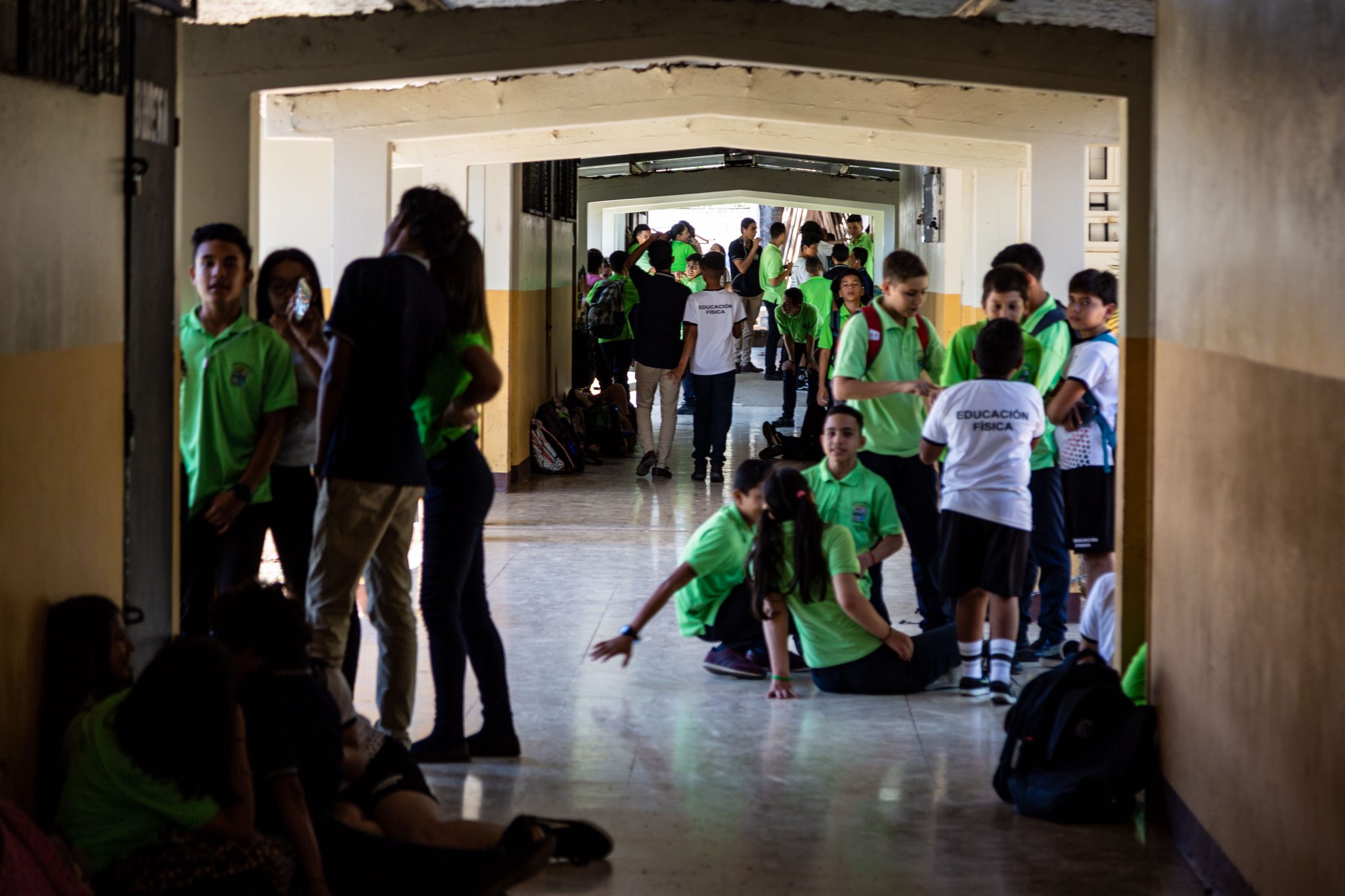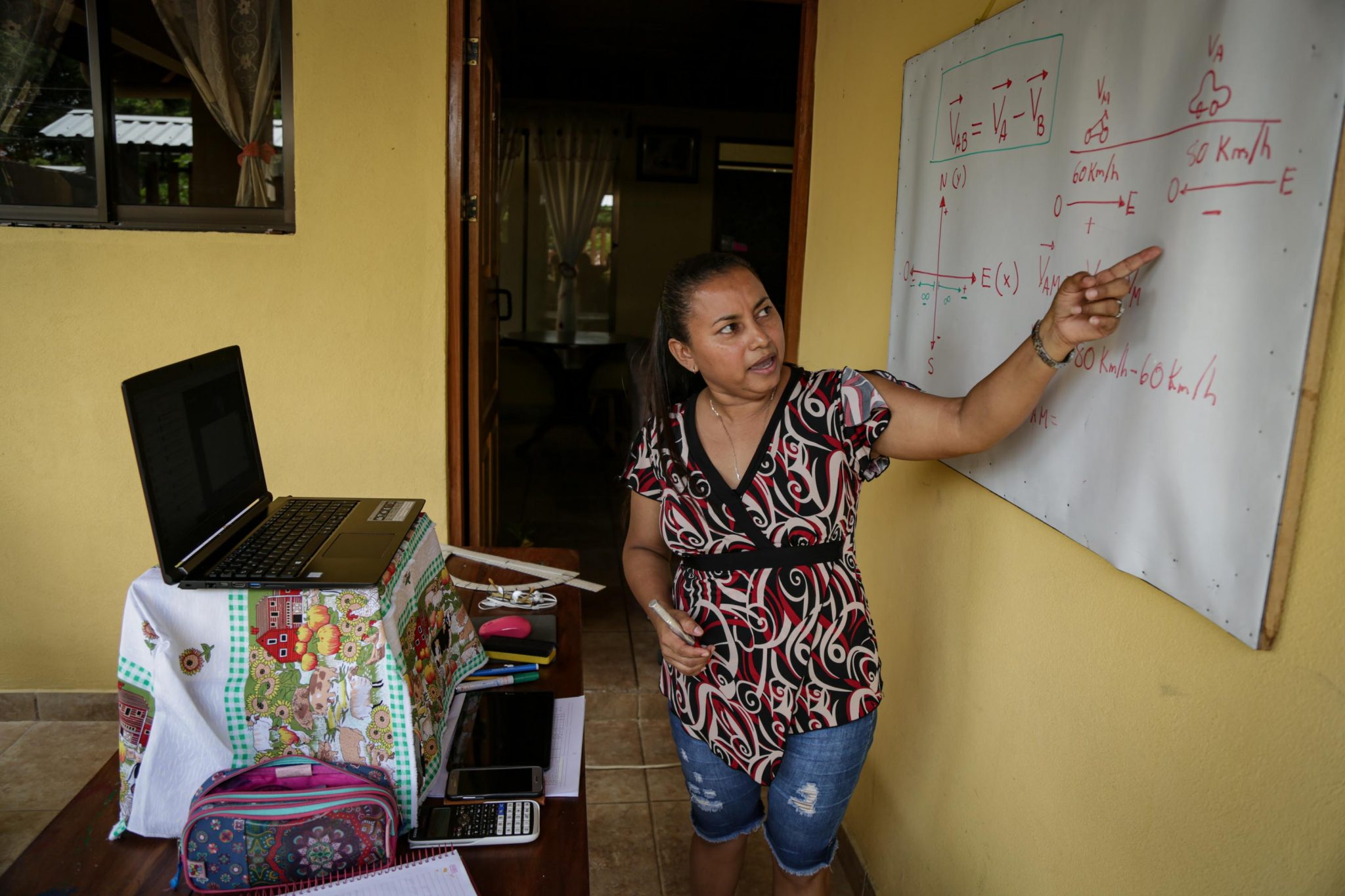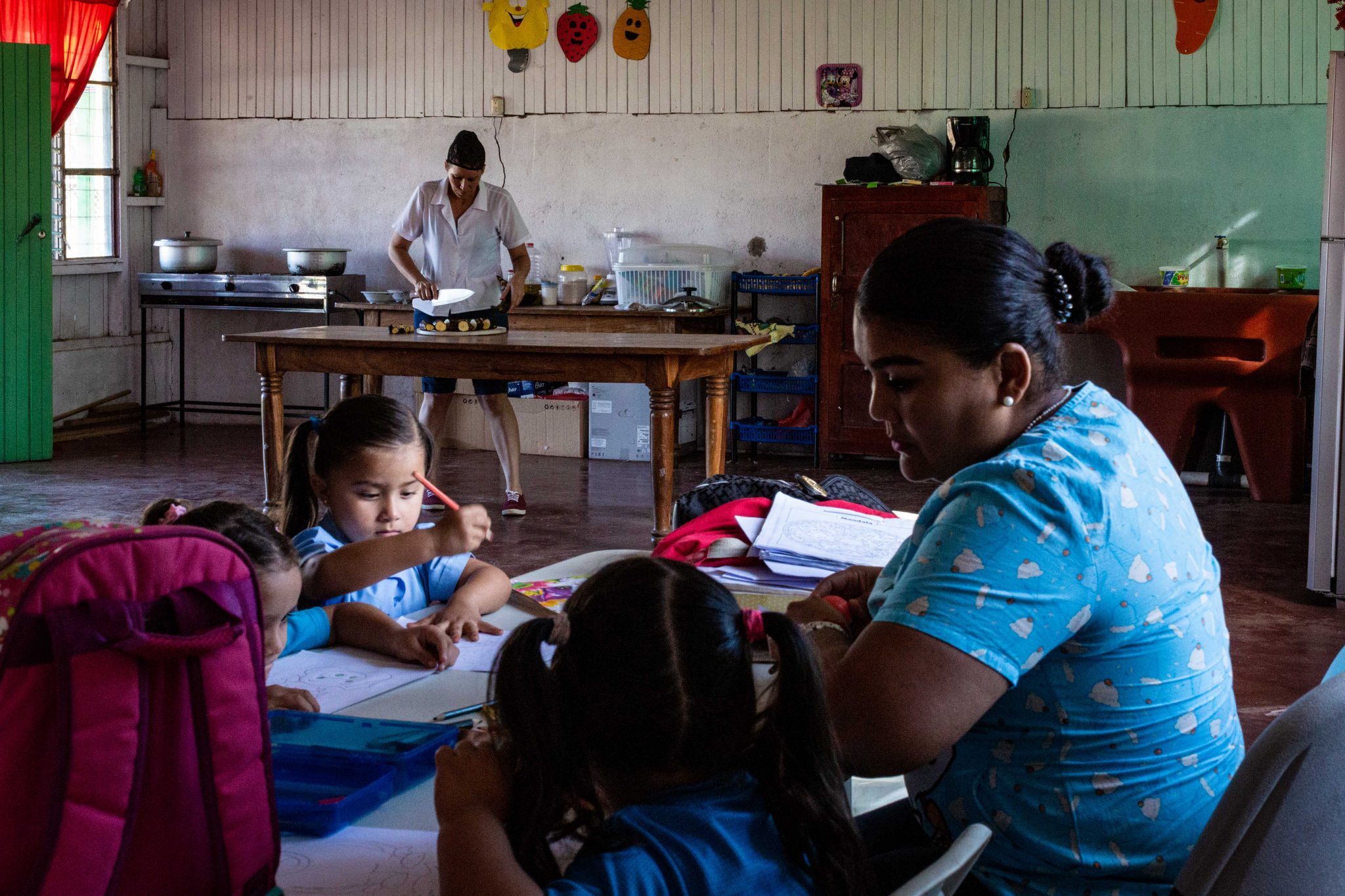
*All documents linked in this article are in Spanish.
The country’s educational centers are planning to go back to the classroom after almost a year out due to the COVID-19 pandemic. The school year will begin with a combination of face-to-face and distance classes, according to the Ministry of Public Education’s (MEP) return strategy.
Although there are general guidelines about going back to school, many decisions will depend on the return plan designed and reported by each school during the first week of February.
The Voice of Guanacaste reviewed the MEP protocols and what authorities have said so far to let you know all the information that we know so far, and what still isn’t so clear, about going back to school.
1. What day do classes start for each grade?
On February 1, teachers and administrative staff resume work. That week, they have to develop a return plan that includes the number of days and hours for groups according to enrollment, the facility’s capacity and the student body’s placement needs.
How much time is spent face-to-face each day will vary according to the school’s infrastructure conditions. One-room schools can accept the entire student body as long as it’s possible to maintain a physical distance of 1.8 meters (6 feet).
MEP plans for in-person classes to begin the week of February 8 for transitional students, fifth, sixth, tenth and eleventh graders (and twelfth graders in technical education). Then the others will be incorporated gradually.
How do you know when they go back exactly? Once the return plan has been defined, teachers should communicate with students and parents about it through WhatsApp, phone calls or other forms of contact such as email or virtual meetings.
2. Can students continue their education 100% from home, without going to the classroom?
Yes. However, it won’t be the way they tried to implement it last year because MEP’s main objective is to resume in-person classes.
Families that opt for home schooling for their son or daughter will receive study guides and parents must take responsibility for the contents being completed from home.
According to the Minister of Education, Guiselle Cruz, teachers will decide whether they can offer virtual accompaniment according to the internet connection capabilities of both parties.
That, however, is not the option that MEP is betting on.
“The guide allows the student to develop the contents from home, not in the same way [that it would be developed in person] because we know that the school has the possibilities of developing social skills, content and coexistence,” Cruz said on the television program Buen Día.
All the educators and students consulted for this report agree that the current education system is structured for face-to-face learning, and an immediate change like the one we are experiencing slows down that process of learning.
3. What health measures must be followed?
In educational centers, use of masks (beginning at age six) and a distance of 1.8 meters (6 feet) will be mandatory. Everyone should try to apply the protocols for sneezing and coughing, not touching the face and greeting with the elbow, fist, foot or from a distance.
School staff must ensure the availability of water, soap and other cleaning supplies.
People with disabilities should be provided with help to disinfect canes, walkers, crutches, wheelchairs, strollers or other supports that they use to get around.
Each classroom will be considered a social bubble, so sections will take recess at different times. Two or more groups from the school may take recess at the same time when, for example, the school is large enough to ensure that there will be no interaction between the social bubbles.
The epidemiology master’s degree program coordinator at the National University (UNA), Juan Jose Romero, recommends that parents constantly remind their sons and daughters of the protocols of distancing, correct mask use and hand washing.
In addition, he suggests preparing snacks in reusable containers that can be washed and disinfected constantly, as well as trying to send them food that can be eaten with a fork or spoon, and not directly with their hands.
For more recommendations, see this manual produced by MEP.

Going back to school in the midst of a pandemic means infrastructure challenges for teachers and administrative staff across the country. During 2019, The Voice of Guanacaste told stories like one about Bagatzi’s one-room school in the canton of Bagaces, where the classroom doubles as the cafeteria for the 17 boys and girls. Photo: Cesar Arroyo Castro
4. Will all schools return to face-to-face classes?
No. Educational centers that don’t have clean drinking water service aren’t allowed to return to in-person lessons.
MEP is working on the final list of elementary and high schools that won’t be able to return to in-person classes. They still haven’t communicated what will happen in these cases.
Schools have health warnings that range from deficient electrical systems to lunchrooms with demolition orders
5. What about people with risk factors, whether teachers or students? Should they attend?
During the program Buen Día, the Minister of Education stated that situations should be evaluated on an individual basis.
The protocol establishes that employees must present a medical report with a series of justifications for why teleworking is required and the temporary nature of these circumstances.
Regarding students, Cruz suggests that an assessment be made by a medical specialist, who can recommend to families if it is possible to resume in-person classes or not.
Once this medical evaluation is made, families must coordinate with the educational center to determine how they will conduct the school year.
Regarding people at risk at home, UNA epidemiologist Juan Jose Romero suggests that people at risk always use a mask and wash their hands constantly
6. What will happen if a student or teacher tests positive for COVID-19?
First, it’s important to keep in mind that no one with symptoms associated with COVID-19 should attend school.
Now, if a suspected or confirmed case of COVID-19 is identified, the cleaning staff will have to disinfect the classroom where the sick person has classes or teaches and close it for 24 hours.
The educational center must inform the corresponding Health Administration Area about the appearance of confirmed and suspected COVID-19 cases, the list of classmates and teachers and the means of transportation that the person uses to attend the educational center. In this way, the health administration will be able to identify close contacts of the sick person and issue the corresponding health orders.

MEP will start lessons again with a combination of face-to-face and distance learning, but virtual education won’t be given priority. This model meant significant changes for teachers and students. The photo shows Norma Villegas, an educator at the San Ambrosio private school in Nicoya. Last year, Villegas turned the back of her house and her garage into makeshift classrooms to give virtual lessons in physics, biology and chemistry. Photo: Cesar Arroyo Castro
7. Brief descriptions of other regulations:
Mental health: According to MEP regulations, teachers and administrative staff must share information about what is happening in a clear, concise, respectful, patient way that is adjusted to each person’s abilities. Relaxation routines should also be included. If someone requires care, they should be referred to specialized personnel defined by each institution, or to hotline 1322.
Cafeterias: School cafeterias won’t open yet. Instead, MEP will continue to deliver food packages to each beneficiary student. Each package should be made up of basic grains, eggs, meat, milk, greens, vegetables, and fruits. Find out more details here.
Uniforms: Students should attend classes with uniforms but, if they don’t have them, they can attend with their normal clothes until families are able to get uniforms.
List of supplies: MEP proposes reusing supplies that are in good condition from last year and using a folder with sheets or a digital folder to store evidence of the autonomous work guides, taking into account that the school year will combine face-to-face and distance learning. Here are the lists according to grade level: Preschool, Cycle I, Cycle II, Cycle III and Diversified Education.
Vehicle Restrictions: Each family that usually takes their children to school by car has to figure out how to take them when they can’t do so by car due to vehicle restrictions. The National Emergency Commission (CNE) and MEP are evaluating whether it’s necessary to adjust restrictions as of February for student transportation. If there are any changes, they will be announced in the next few days.
School transportation: One MEP regulation is that everyone over three years of age must wear a mask and not remove it during trips. Those who drive buses and work in the vans must provide alcohol to the students, try to keep the windows open and disinfect before and after each shift. Buses can operate at maximum seating capacity, but no one should be standing. Read this guideline for more details.
Alerts: Orange alert in the cantons won’t prevent going back to school.
Do you have questions about this topic or do you want to tell us what you know about going back to school in your community? Send us a message on Facebook or email [email protected].




Comments